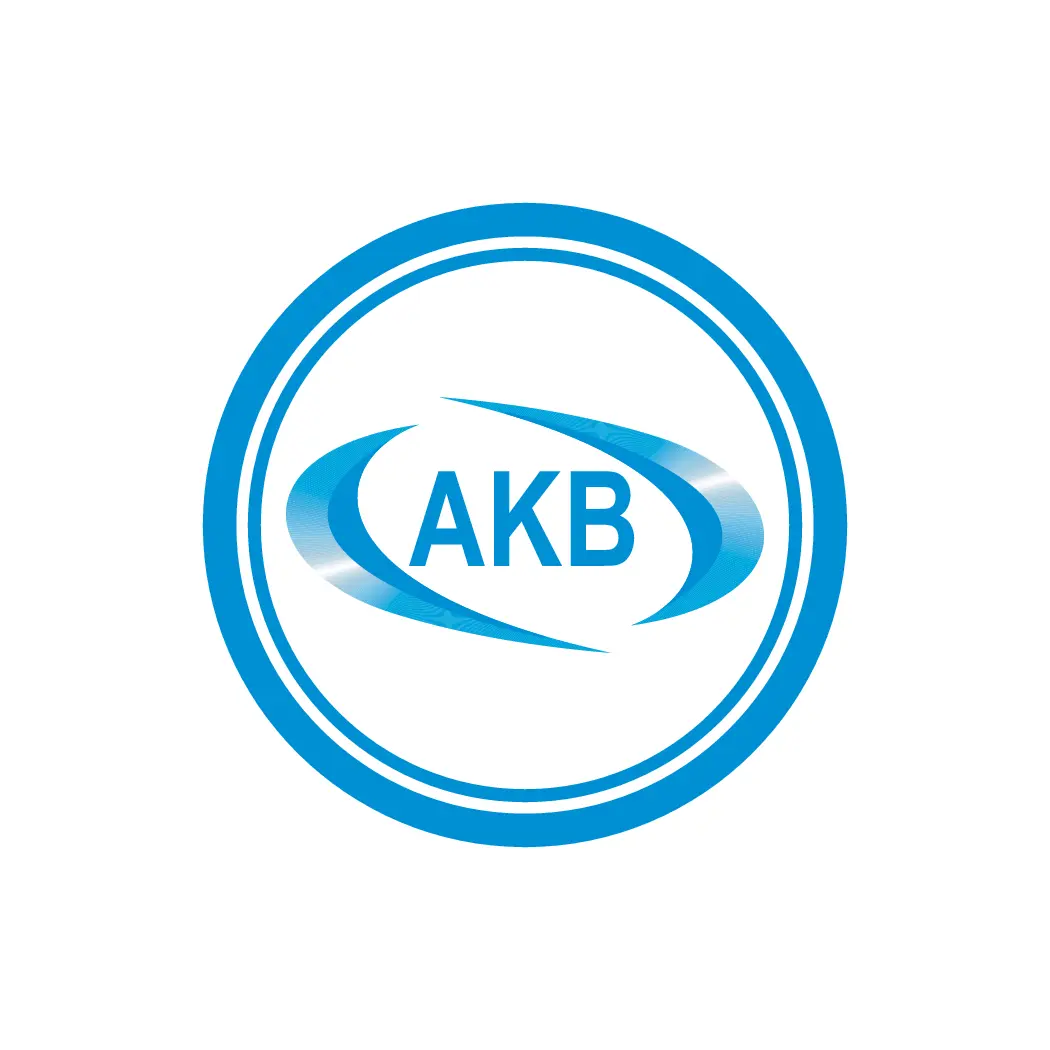Spider Fittings: Modern Architectural Solutions
In the world of contemporary architecture, design and functionality go hand in hand. Spider fittings, a cutting-edge technology in structural engineering, have revolutionized the way glass façades and curtain walls are integrated into modern buildings. These fittings, often used in conjunction with glass panels, are an essential element in creating sleek, minimalist structures that are both visually striking and structurally sound.
The concept of spider fittings has gained immense popularity in modern construction, especially in high-rise buildings, commercial establishments, and public spaces where aesthetics and durability are crucial. These fittings provide a unique solution to the challenge of attaching large glass panels to building structures, offering both practicality and design flexibility. They are commonly used for curtain walls, skylights, glass partitions, and façades, offering an elegant and contemporary touch to various architectural projects.
This guide delves into the intricate details of spider fittings, exploring their design, materials, applications, and the advantages they bring to modern architecture. It will also provide an insight into the installation process, maintenance tips, and the future of spider fittings in the evolving world of architecture. By the end of this article, readers will have a comprehensive understanding of spider fittings and why they are a preferred choice for modern architectural solutions.
What Are Spider Fittings?
Spider fittings are specialized hardware components used to connect large glass panels to building frames in a way that provides stability while maintaining a minimalist, sleek appearance. Unlike traditional framing systems that rely on large and bulky metal supports, spider fittings allow for the use of glass as a primary structural element. These fittings are often mounted on the corners or edges of glass panels, connecting them to the framework in such a way that the hardware itself is barely visible.
Spider fittings are made from materials that can withstand significant loads and external forces, such as stainless steel, ensuring long-term durability and resistance to corrosion. The term “spider” comes from the unique design of the fitting, which often resembles a spider’s legs, extending out from a central hub to support the glass panels. These fittings are usually installed on glass panels in a grid-like pattern, with multiple units holding the glass firmly in place while allowing for expansive views and light transmission.
The design of spider fittings has evolved significantly over the years, providing architects and designers with a range of options that enable both flexibility and strength in the construction of glass façades and other architectural features.
Key Components of Spider Fittings
Spider fittings consist of several components that work together to securely hold glass panels in place while providing the necessary support. These components are designed to be highly durable and precise, ensuring that the glass remains stable and does not shift under various environmental conditions.
Central Hub: The central hub is the core of the spider fitting, often made from high-strength materials like stainless steel. It serves as the central point to which the “legs” or arms of the spider fitting are attached, and it connects the fitting to the structure of the building. The hub is designed to absorb significant loads and distribute them evenly to prevent any stress on the glass panels.
Spider Legs: The legs of the spider fitting are the arms that extend from the central hub and connect the fitting to the glass. These arms are typically made from stainless steel or other robust materials to provide strength and stability. The length and angle of the legs can be customized depending on the specific design requirements and the size of the glass panels.
Fixings and Brackets: Fixings and brackets are used to attach the spider fitting to the building structure. They are often designed to be discrete, ensuring that the visual appeal of the glass façade is not compromised. These components are typically made from corrosion-resistant materials to ensure the long-term performance of the fittings.
Glass Clamps: Glass clamps are an integral part of the spider fitting system, as they are used to secure the glass panels to the fitting. The clamps are designed to hold the glass in place without damaging it, allowing the panels to be easily installed and replaced when necessary. They can be adjusted to fit different glass thicknesses and sizes.
Bearings: In some cases, spider fittings include bearings that allow the glass panels to pivot or slide. These bearings provide a level of movement or flexibility in the system, enabling the glass to accommodate temperature fluctuations or changes in pressure without becoming damaged.
Applications of Spider Fittings
Spider fittings are primarily used in glass structures, but their versatility extends to various applications across both residential and commercial architecture. Some of the most common applications include:
Glass Curtain Walls: One of the most popular uses for spider fittings is in glass curtain walls, which are exterior walls of a building made primarily of glass. These walls provide uninterrupted views of the outside while still protecting the interior from the elements. Spider fittings allow for a seamless connection between the glass and the building structure, contributing to the clean, modern look of these walls.
Skylights: Spider fittings are also widely used in skylight construction, where large glass panels are installed on the roof to allow natural light into the building. The fittings support the heavy glass panels while maintaining the aesthetic appeal of the structure. Their use in skylights helps create open, airy spaces with plenty of natural lighting.
Glass Partitions: In interior design, spider fittings are often used to create glass partitions that divide spaces without blocking light or creating a sense of enclosure. These partitions are commonly found in offices, lobbies, and other public spaces, where visibility and openness are desired.
Structural Glass Bridges: Spider fittings are sometimes used in the construction of structural glass bridges, where large panels of glass are used as flooring or walls. These bridges allow people to walk across areas while maintaining a clear view of the ground below, and the spider fittings help to ensure that the glass remains stable and secure.
Façades and Faceting: Modern buildings often incorporate glass façades as a defining architectural feature, and spider fittings are essential in making these designs possible. The fittings allow for the creation of complex, curved, or angled glass facades that provide a visually striking element while offering optimal views and natural light.
Glass Staircases: In high-end residential or commercial settings, spider fittings are used to support glass staircases, where the treads or handrails are made from large glass panels. These staircases give the impression of floating steps and add a contemporary, artistic touch to any interior.
Installation Process of Spider Fittings
Installing spider fittings requires careful planning and precise execution. While the fittings themselves are relatively easy to install, the process must be done by professionals who are skilled in handling heavy glass panels and ensuring structural stability. Here are the key steps involved in the installation:
Design and Planning: The first step in the installation process is careful design and planning. Architects and engineers must ensure that the glass panels and spider fittings are suited for the specific project. This includes calculating the load-bearing capacity and the precise placement of the fittings.
Preparation: The building frame must be prepared to receive the spider fittings. This may involve reinforcing the structure to ensure that it can bear the weight of the glass panels and fittings.
Mounting the Fittings: The spider fittings are then installed on the frame of the building. This typically involves fixing the central hub to the frame and attaching the spider legs to the glass panels using specially designed clamps.
Glass Panel Installation: Once the spider fittings are in place, the glass panels are carefully lifted and mounted onto the fittings. The panels must be positioned accurately to ensure that they align properly and are securely held in place.
Adjustment and Testing: After the panels are installed, adjustments are made to ensure that the glass is perfectly aligned and that the fittings are performing as expected. This may involve fine-tuning the positioning or replacing any components that may not be functioning correctly.
Maintenance and Care of Spider Fittings
While spider fittings are designed to be durable and low-maintenance, regular care is essential to ensure that the system continues to perform at its best. Some basic maintenance steps include:
Cleaning: Glass panels should be cleaned regularly to remove dirt, dust, and water spots. The fittings themselves may also require occasional cleaning to maintain their polished appearance.
Inspection: Periodic inspections should be conducted to ensure that the spider fittings and glass panels are in good condition. Any signs of damage or wear should be addressed immediately to prevent further issues.
Lubrication: In some cases, lubrication of the moving parts of the spider fitting (such as bearings) may be necessary to ensure smooth operation and prevent friction-related wear.
Repairs: If any components of the spider fitting system become damaged or worn over time, they should be replaced promptly to maintain the structural integrity of the system.
Conclusion
Spider fittings have become an essential component of modern architecture, offering a solution that combines both form and function. Their ability to support large glass panels while maintaining a sleek, minimalist aesthetic makes them ideal for contemporary buildings and innovative designs. As the demand for sustainable and visually striking architectural solutions continues to grow, spider fittings are expected to remain at the forefront of structural design.
The ongoing development of materials and technology will likely lead to even more advanced spider fitting systems that offer greater flexibility, efficiency, and durability. Whether used in high-rise buildings, commercial spaces, or residential properties, spider fittings will continue to shape the future of architectural design, helping create structures that are as functional as they are beautiful.
In conclusion, spider fittings offer a modern, robust, and elegant solution for glass-based architectural designs. Their versatility, strength, and aesthetic appeal make them a preferred choice for architects and builders seeking to create innovative, high-performance structures that stand the test of time

